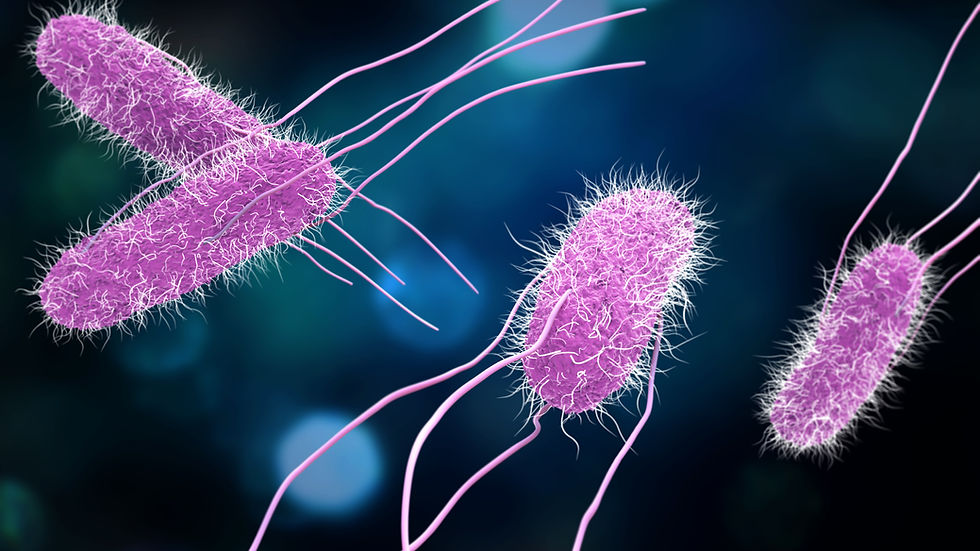Daniel Elmer Salmon | Inducted 1918
- SSPF

- Feb 12, 2019
- 2 min read
Earned the first D.V.M. degree awarded in the United States, and spent his career studying animal diseases for the U.S. Department of Agriculture.
1850-1914 | Artist: Robert Wadsworth Grafton (1876-1936)

Impact & Accomplishments
One of the group of prominent men added to the collection by the American Veterinary Medical Association (AVMA) in 1918, Daniel Salmon was born in New Jersey and enrolled in the first freshman class at Cornell University. He received his Doctor of Veterinary Medicine degree in 1876, studying in Paris under Louis Pasteur for the final six months of his education.
With this background, he became one of the first Americans to report the findings of the bacteriological studies of animal diseases. He practiced in New Jersey and North Carolina before Dr. James Law appointed him to be inspector of the state of New York in 1879. His first federal post was as investigator of animal disease in the Southern states, for the U. S. Department of Agriculture. He established the USDA veterinary division in 1883, and then one year later, created the Federal Bureau of Animal Industry, serving as its first bureau chief.
Dr. Salmon achievements, in his twenty-one years at the bureau, include: the establishment of the federal meat inspection service, the creation of a system for inspecting and quarantining imported animals, and the eradication of pleuropneumonia in cattle. In 1906, he moved to Uruguay, to head the veterinary department of the University of Montevideo.
Dr. Salmon was a fellow of the American Association for the Advancement of Science, a committee chairman of the American Public Health Association, and president of the American Veterinary Medical Association.
Did You Know?

Salmonella a genus of microorganisms, was named after him in 1900 by Joseph Leon Lignières, although the man who actually discovered and named the first strain, Salmonella choleraesuis, was Theobald Smith, Salmon's research assistant. Smith had isolated the bacterium in 1885. Since that time, more than 2,500 subtypes have been identified. Photo credit: Adobe Stock photos.



Comments